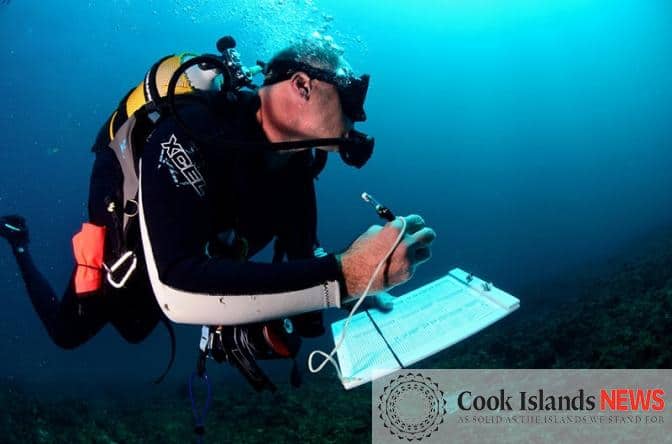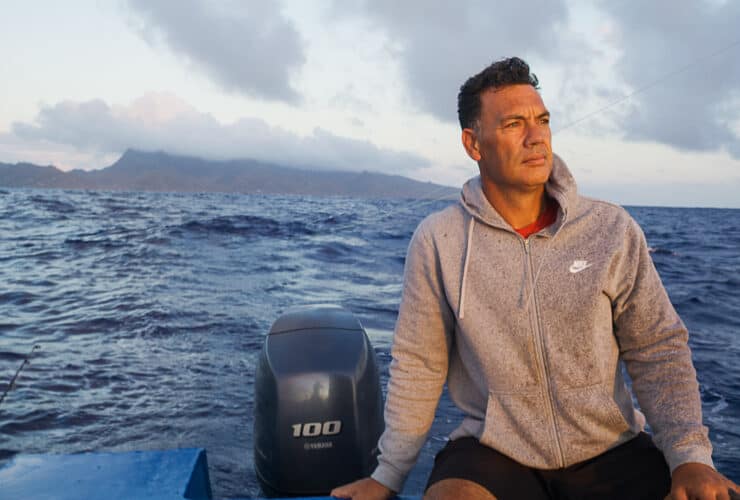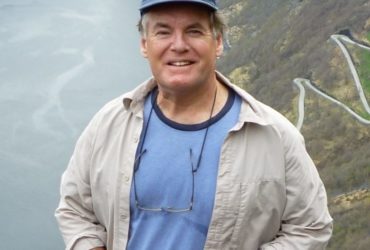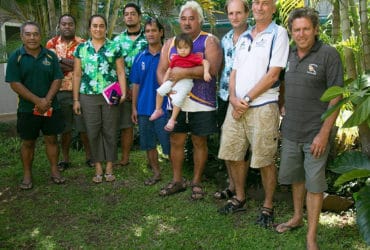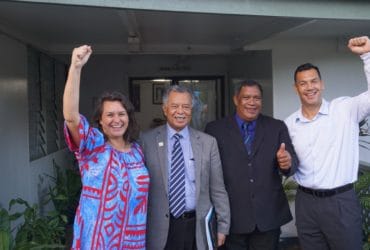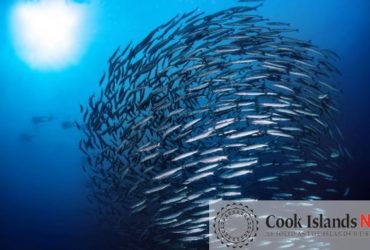Noted scientist applauds Marae Moana
Thursday November 08, 2018
Alan Friedlander is currently chief scientist for National Geographic’s Pristine Seas Project, an initiative that focusses on marine protection and raising awareness about why it’s necessary. The project is National Geographic’s largest initiative dedicated to environmental preservation. Friedlander has produced more than 100 scientific publications, 25 book chapters, 10 documentaries, and numerous articles that have been influential in his field. He currently heads the Fisheries Ecology Research Lab at the University of Hawaii.
The accomplished scientist, who has visited the Cook Islands before, kindly answered some questions about Marae Moana via email. His answers have been lightly edited.
Q: On a global scale, why does Marae Moana matter?
A: Owing to the failures of conventional ocean management, there is a growing interest in exploring new and innovative approaches to conserving marine ecosystems and the benefits they will provide to current and future generations. Nowhere is this more critical than in the islands of Oceania, where the ocean has provided important cultural connections and life sustaining services for millennia. A key strategy to arrest these declines in ocean health and conserve some of the last remaining relatively undisturbed marine areas on the globe relies on the creation of large-scale marine protected areas (LSMPAs, > 100,000 km2). These large marine protected areas (MPAs) constitute over two-thirds of the approximately 7 per cent of the ocean currently under marine protected areas and are essential if we are to achieve our international commitments to ocean protection. Many of the existing large MPAs are remote areas in the Pacific that share common natural history, threats, culture, as well as scientific and management needs. The Cook Islands’ commitment is the largest by a single country to integrate ocean conservation and management. The area includes remote atolls, high volcanic islands and seamounts that host rich marine biodiversity, including rare seabirds, whales, manta rays, and several shark species. This unprecedented plan to manage the entire Exclusive Economic Zone of the Cook Islands represents a holistic and precautionary approach that is consistent with the traditional values and customs of Cook Islanders. This represents a model for achieving integrated ocean management and conservation through inclusive processes of consultation and spatial planning.
Q: Marae Moana currently provides partial protection for areas surrounding islands but zoning in the remainder of its space has yet to be completed. Does the total size of a protected area matter?
A: Large MPAs offer many advantages over their smaller counterparts. They protect entire ecosystems, particularly habitats that are not typically part of nearshore MPAs, such as the deep sea, seamounts and open ocean. Large MPAs protect highly mobile species such as tunas, billfish, sharks, and other targeted fisheries species, as well as sea turtles, marine mammals, seabirds and other pelagic species, which are taken as by-catch in pelagic fisheries. Protection of seamounts is critical as they provide habitat and spawning grounds for numerous species and represent important biodiversity hotspots. Deep-sea communities have extremely slow recovery rates and fragile habitat structures, leaving them vulnerable to physical disturbances such as deep-sea mining, which is now becoming both technologically feasible and economically viable. Large MPAs like Marae Moana also provide the opportunity for adopting a precautionary approach to management, which is particularly important given the uncertainty associated with climate change.
Q: The legislation has been passed; now what? What can people do to support the policy-level work required to make Marae Moana a reality? Why should people care?
A: The people of Oceania have long relied on the ocean for sustenance, commerce, and cultural identity, which promulgated a sophisticated understanding of the marine environment and its conservation. The resurgence of local stewardship, which incorporates customary practices and governance, has shown promise in many locations throughout the Pacific, although a complete return to past practices is not fully implementable owing to the loss of traditional knowledge, centralised governmental structures, economic development, and globalization. Hybrid systems that incorporate elements of customary and contemporary management can overcome some of these limitations.
Q: You said when you last visited the Cook Islands that visiting the last wild places in the ocean is enough to inspire someone to change their behaviour. How would you describe the impact that visiting “the last wild places” has had on you?
A: I have been fortunate enough to have visited some of the last wild places in the ocean and they literally take your breath away. Realizing that you might be one of the first people to jump in the water in a place offers a real sense of exploration that is rare in our modern world. Whether you’re being surrounded by 100-plus sharks in the Southern Line Islands or being chased out of the water by a polar bear in the Russian Arctic, these places are awe-inspiring and remind us that we were not always at the top of food chain. There is an urgent need to preserve the last ocean wildernesses before they vanish. They offer an unparalleled glimpse into our past and an inspiring vision for the future.
These places harbor the remaining pristine ecosystems in the ocean and are the only baselines we have to understand what we have lost and provide resilience to large-scale disturbances and the potential effects of climate change


